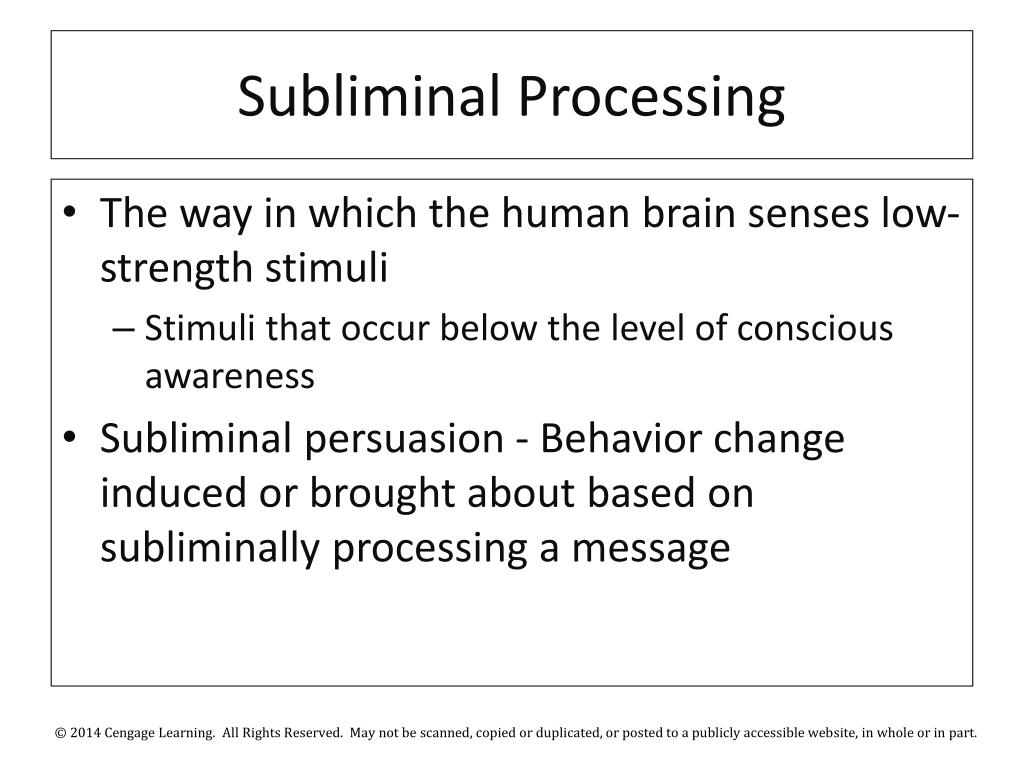

The consumer, actual or prospective, is the perceiver, the 4 Ps are the target, and the buying occasion and the surrounding environment are the situation.Ģ. The characteristics of each of these components influence the perceptual processes of selection, organization, and interpretation. Perception comprises three components, namely the perceiver, the target (stimulus), and the situation. Perception can be better explained by understanding its nature and characteristics:ġ. When the marketing stimuli are perceived favourably, chances of purchase and usage are always higher.Ĭonsumer Perception Explained by its Nature and Characteristics They also form mental images of them, often adding symbolic value to marketing stimuli in the form of imagery.

They form their opinions and beliefs about products and/or brands, the price, the store, and the retailer, and about the advertisement and promotional messages that they are exposed to. Consumers perceive the marketing stimuli variedly. Perception as a topic of study is important for marketers because people generally make purchase decisions on the basis of what they perceive. Perception is unique to each person, and this makes perception a subjective process. People perceive things differently because of the perceptual mechanism that differs between people. As processes, both perceptual organization and interpretation are intertwined as both have to do with deriving sense and assigning meaning to the stimulus to which a person has been exposed.īecause the characteristics of each of the components, perceiver, stimulus, and situation, are different, the perceptual mechanism is impacted variedly. Perceptual interpretation involves extracting meaning out of the ‘whole picture’. Perceptual organization is a cognitive process, which is responsible for organizing the stimuli and the surrounding cues, to develop a ‘whole picture’, according to one’s physiological, sociocultural, and psychographic backgrounds, so as to give some meaning to it.

Perceptual selection is the process by which people select a particular stimulus or a small portion of the stimuli to attend to, while screening out the rest. The perceptual mechanism depicts a complex and dynamic interplay of three processes, namely selection, organization, and interpretation. The perceptual process comprises three components, namely the perceiver, the target (stimulus), and the situation. We can classify the marketing stimuli into two types, namely primary or intrinsic and secondary or extrinsic. The marketing stimuli may be anything related to the product and/or brand, and any of the elements of the marketing mix. Perception is the process through which an individual interprets his sensory impressions to give meaning to them.Ĭonsumer perception is defined as a process by which consumers sense a marketing stimulus, and organize, interpret, and provide meaning to it. An individual uses the perceptual mechanism to select a stimulus from many in the environment, organizes them into a coherent picture, and interprets it to derive meaning out of it. The stimuli are inputs to any of our sensory receptors, be it vision, hearing, smell, taste, or touch. Difference between Perception and Sensation.Ĭonsumer Perception: Meaning, Definition, Nature, Characteristics, Process, Elements, Concepts, Factors, Mechanism and More… Consumer Perception – Meaning and Definitionĭerived from the word ‘perceive’, perception refers to the ability to give meaning to whatever stimuli are sensed by our sense organs. Nature and Characteristics of Consumer Perception 3. Meaning and Definition of Consumer Perception 2. Consumer perception is defined as a process by which consumers sense a marketing stimulus, and organize, interpret, and provide meaning to it.


 0 kommentar(er)
0 kommentar(er)
